Top 10 Purchasing And Supply Chain Management Software
Understanding purchasing and supply chain management will help any individual working as a buyer, purchasing, supply chain management, and procurement specialists. This entire process is one of the most involved in any industry and one of the few that intersects with production, purchasing, inventory and consumer demand. Good communication between these various departments and processes is the essence of a lean supply chain or just solid purchasing and supply chain management.
The importance of the interrelationships between your sources of supply, vendors, purchasing and the technologies available will impact your process flow. Managing these relationships from the beginning (raw materials) to the end (finished product) will take a keen since of management and an integrated approach to your acquisition, flow, distribution and planning. Knowing these challenges up front will help you be aware of the many complications that may arise in your purchase and supply management business when fragmentations in operation priorities occur.
Today, technology is probably the most critical element of any of these relationship because it can impact (negatively or positively) your purchasing, fulfillment, and distribution processes in your supply chain management. Your ability to link all of these processes with good technology can stem from many areas; point of sale, order management, distribution.
Point of Sale. There are many different point of sale software solutions. These can range from major players like Quickbooks and Microsoft Dynamics to a host of other solutions. When choosing your POS system, you should consider your ordering software solution (if you have one) to make sure you can integrate these two important processes.
Read More: Top 10 Free Point of Sale Software For Small Business
Ordering Software. This is such an important solution to have if you have a supply chain that has many steps in the process or has a host of vendors/suppliers that you have to manage. Surprisingly, many companies still operate the old fashioned way and still mail, fax or even email orders. Antiquated systems like that cost resources including time, personnel and money.
Think about this process for a brief moment. The old way would entail the ordering an item from a vendor. This could have been done via email, fax or phone. The tracking available for any of these solutions truly only reside with the supplier at this point. Sure you can have proof of the email being sent or maybe even a confirmation number, but are you certain you have successfully placed the order with your supplier? With the proper use of technology, your ordering process is synched up with your supplier. You can attach a purchase order ID with the invoice, to the shipping information, to the receipt of goods to the point of sale…. All done at an arm’s length because of a solid technology solution.
A supply chain management software connects the inflow and outflow of goods and the products, accomplishing the task first by inventory, warehouse and then through purchasing management. Good software usually integrates all the functions of a purchasing and supply chain management by live updating any incoming shipments and warehouse stocks and can therefore determine any purchases needed.
Read More: Top 6 Best Free and Open Source Supply Chain Management Software
A completely integrated system makes the job more efficient by completely removing any guesswork out of ordering. It automates order entry, prevents any missed orders and at the same time frees up the working time so other core tasks could be handled too. Though a supply chain leading to any warehouse may become complicated, you can effectively track materials with the strong data sorter and analyzer incorporated in the software system.
Even when the materials reach the warehouse the software’s job is not finished. The supply chain software improves the handling of materials; in fact it can be matched with a barcode systems upstream and downstream technologies of putting a tracker on all the inventories. There by, just as soon as the goods enter an integrated system, the correspondent information will be available to each and every correspondent department. Think how much easier things could be when sales representatives, warehouse foremen or purchasing agents, all could have live updates about the corresponding stock information.
The software scheme of integrated data systems and shared information can even make the task of your financial planners as well as procurement agents noticeably simpler and efficiently faster. Being thus abler to see the whole and recent picture of your business, forecasting becomes more accurate for supply chain and public demand. Eventually through reliable forecasting, all your distribution processes will be improved, also the reduced chance of resource shortfall will enable your organization to fill orders with a success rate higher than you can imagine.
The cyclic attribute improvement of your supply management is definitely the type of upgrade your organization needs. It is a solution that is easy to incorporate in existing systems in quite a short time thereby returning your investment a lot more quickly.
Top 5 Supply Chain Management Software:
SAP
Run real-time operations with digital supply chain management (SCM) software that harnesses new technologies such as AI and the Internet of Things.
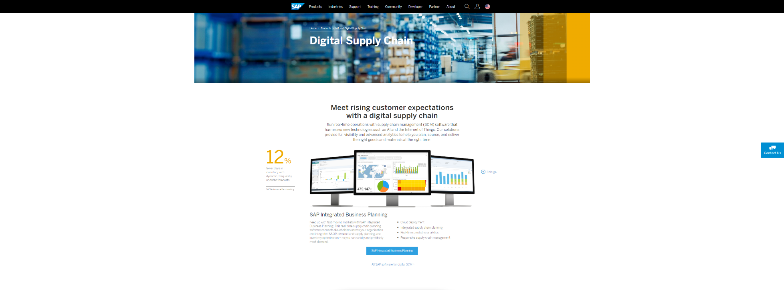
SAP
PLEX
Plex, the leader in cloud ERP for manufacturers, offers software to help you differentiate your business through efficient supply chain management — controlling the timing, cost and quality of your purchases.
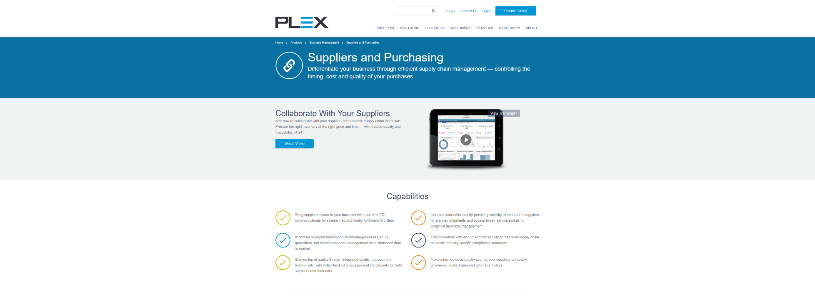
PLEX
PRIORITY-SOFTWARE
Priority‘s Supply Chain Management module provides users with a complete set of tools, from purchase order software, MPR and inventory management to production and logistics ERP.
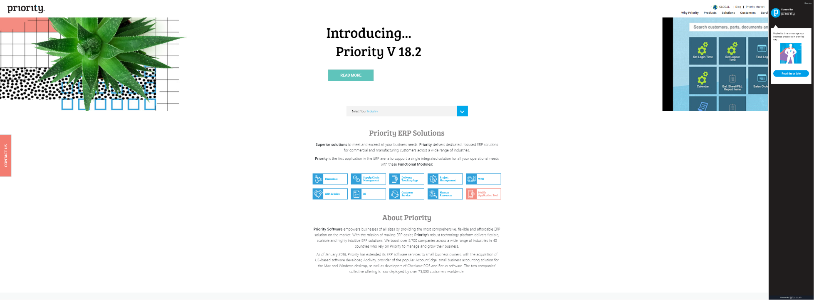
PRIORITY-SOFTWARE
CLARITUM
Claritum is trusted by many of the world’s leading businesses, global enterprises and fast growing service providers to capture orders, aggregate demand, automate processes and optimize production and supply for a wide range of products and services.
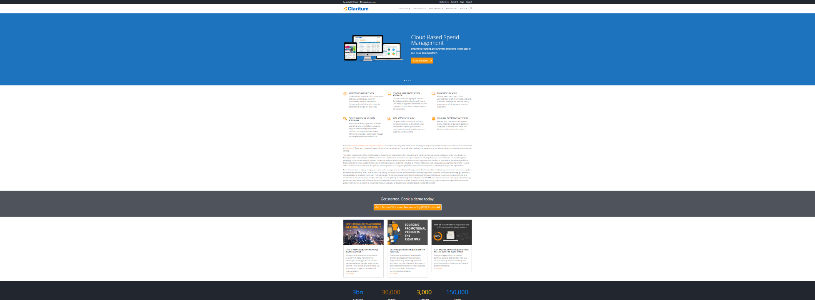
CLARITUM
EPICOR
Epicor business management and ERP solutions are designed to meet the unique needs of your industry. Deploy in the cloud or on premises with expert guidance.
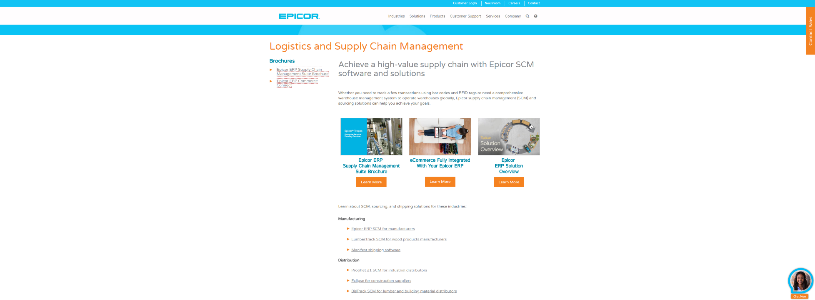
EPICOR
JAGGAER
JAGGAER Direct Supply Chain Management helps you to reduce costs and accelerate lead times. These solutions cover the full supply chain: ordering, goods receipt, invoicing, and more. It also adheres to all industry standards.

JAGGAER
Top 5 Purchasing Management Software:
PURCHASECONTROL
Create POs, Manage Approvals and Understand Spending In Seconds.
Quick to Set Up, Easy to use Cloud App.
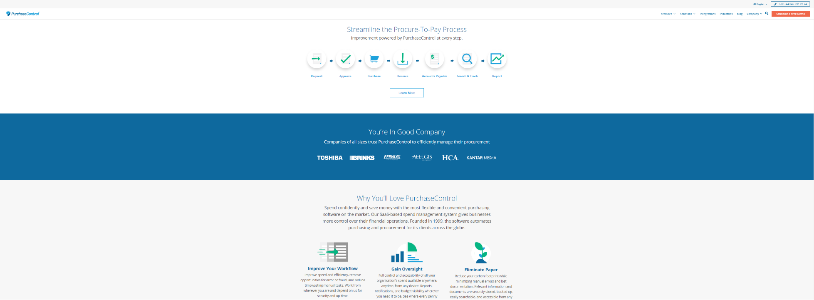
PURCHASECONTROL
DESKERA
Deskera ERP, the most preferred ERP software across the world helps you to streamline the procure-to-pay process with purchase receipts and purchase orders.

DESKERA
SPICEWORKS
Download Free IT Purchasing Management Software for Workflow Management. 100% Free IT Software: No Trials, Support Fees, or Upsells.
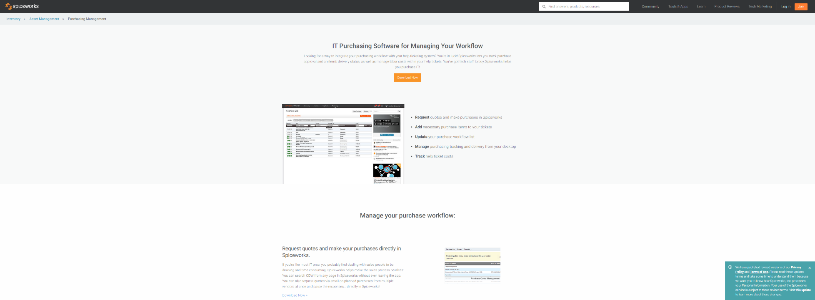
SPICEWORKS
SALESBABU
SalesBabu Online CRM and ERP Software designed to boost up your sales, marketing and customer services in a single system.
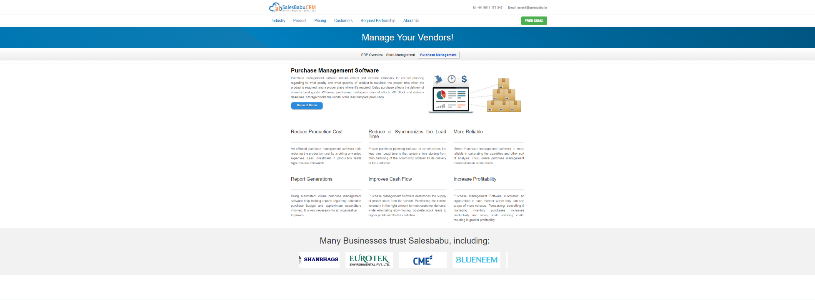
SALESBABU
BELLWETHERCORP
Since 1985 Bellwether’s purchasing order software has been the preferred choice of purchasing professionals for companies creating 50-1000 PO’s a month.

BELLWETHERCORP
Getting started with B2B and how it applies to purchasing
Purchase order software is the first step for most retailers when getting involved with business to business technologies. While the actual PO software does not imply a direct connect from retailer to their vendors, B2B is usually not an option without a purchase order system on the retail side and some sort of inventory management software, or at the minimum some sort of small business inventory software on the vendor side.
Read More: Top 10 Best B2B (business-to-business) Software Development
A question we get a lot of is: how do you get started with B2B? Provided that you do have some online ordering software suite, how do you take the next step? How do you start doing things like pulling catalog lists, full catalogs, and available to ship(ATS) information from your suppliers? Is this a reasonable task for the do it yourselfers out there? If you were looking to outsource, what should you look for in an outsource company? When it comes down to implementing B2B technologies, what are the core building blocks – do you need to know about XSLT, XML, web services? How should these technologies be rolled out, what are the most common steps to take when you decide to go for it.
Read More: Top 10 B2B Marketing Automation Software
There is a great presentation, getting started with B2B, that covers all of these topics in solid detail. The full transcript can also be found right alongside it.
The Battle of Standards
Purchase order software is a fantastic mechanism for managing and monitoring all of a company’s buying activity and in most cases its receiving activity as well. This type of purchase order system works great when it is entirely self contained. The problem that these purchasing and supply chain management suites inevitably run into though is when they need to integrate with outside trading partners and their respective systems.
Take the example of a retailer that is trying to purchase from one of their suppliers. They may have an excellent purchase order system that can import their supplier’s catalogs, that is linked with their internal point of sale (POS), yet when they send out the purchase order it goes to the supplier in a format that is foreign to whatever sales order management system the supplier may be using. This typically requires the supplier, or one of that supplier’s sales representatives, to manually enter the purchase order into their sales order management system which can be the beginning of a growing cesspool of data entry errors that result in miss-ships and lost sales for the retailer.
In the case of a big box retailer, they can force their suppliers to support their file formats or they simply won’t stock that supplier’s products. These big box retailers have the weight to jam their format, which is typically some form of EDI, down the throats of their suppliers and leave the supplier scrambling to implement a receiving mechanism if they want to receive those big ticket sales.
In the case of mid-tier or specialty retailers, this is simply not an option. So, where to turn?
The good news is that there are tons of standards out there that define trading transactions generically. For example, they define a purchase order via a schema, which is essentially an outline for how a generic purchase order should be built. They define all the fields that the PO should have, like order number, shipping address, ship date, order date, etc… It is then up to each trading partner to implement that schema so that both sides of the trading transaction can utilize the same data from system to system.
The bad news is that there are tons of standards out there. The two most popular after EDI are RosettaNet and OASIS, but there are many more to be found with a little searching on the web. This means that even if you decide to implement a standard for all of your major trading documents, your trading partners may have chosen to implement a different one. Unfortunately, the problems don’t end there. Even if you and your trading partners end up implementing the same standards, there is a good chance that you implement them differently and consequently your data will still not jive from your system to your trading partner’s. This is the primary failing of EDI, it is sooo broad and there are so many different ways to implement it that one 850 document (PO) from one trading partner ends up looking totally different than the 850 implementation of the trading partner on the other end.
So are standards a waste of time? Absolutely not. They at least give you a framework to start with, so you are not dealing with apples and oranges instead something closer to clementines and tangerines. This makes the mapping required to manage different formats from one system to the next manageable.
The best way to deal with standards is by trying to get your industry involved. This is a much smaller, more manageable group that will share many of the same attributes that make up their trading documents.
Personal contact info – slikgepotenuz@gmail.com
Permanent Address :- Montville, NJ
CEO and co-founder at Cloudsmallbusinessservice.com